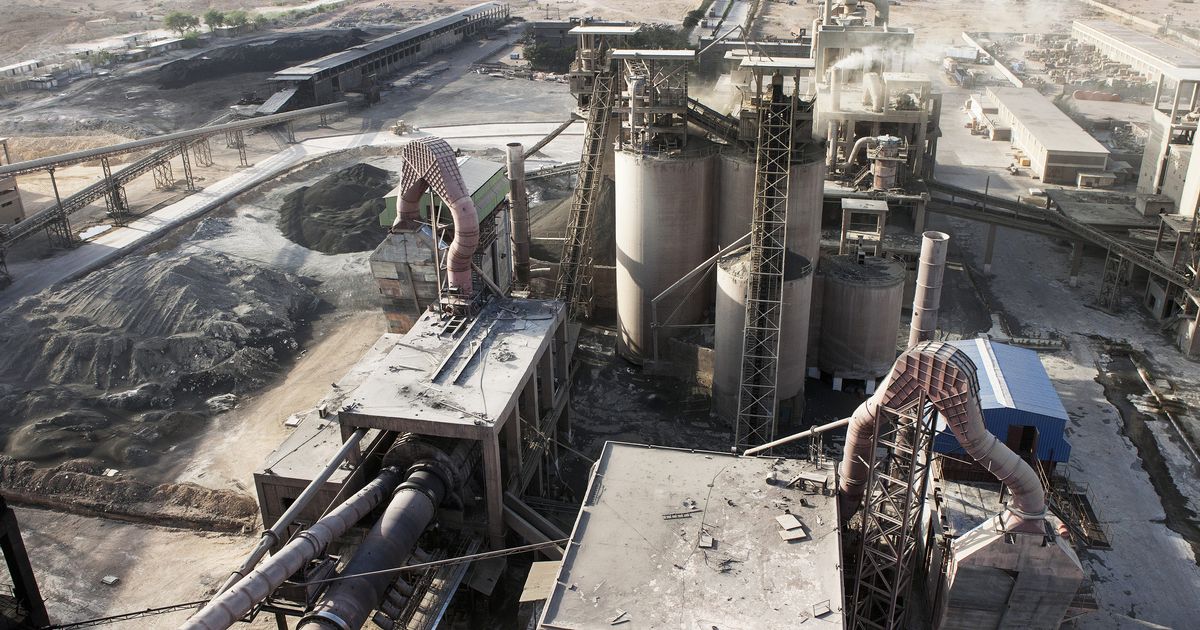


Orbuch had previously launched and led the climate program of Stripe Inc., an online payments company that has been a leading corporate customer of mechanically derived carbon offsets ( Climatewire, Aug. Last month, Sacca announced that he’d hired Ryan Orbuch to oversee its carbon removal work. (The firm didn’t respond to requests for more information on the size of its investments.) Lowercarbon’s publicly disclosed portfolio currently includes a dozen companies working on carbon removal. Shebbeare and his partners have already put $1 million or less in nine CDR companies, and they’re planning to solicit outside investments in a new Counteract fund early next year, he said.Ī more established player is Lowercarbon Capital, a venture capital firm that says it "backs kickass companies" that are "buying us time to unf**k the planet." It was co-founded in 2019 by Chris Sacca, a Google veteran who went on to be an early investor in brand-name tech firms like Instagram, Twitter Inc. The 42-year-old father of two started Counteract in February with a couple of other former Essence executives. Shebbeare, for instance, got his start working for fintech companies before launching Essence Digital, which for years has been the main global ad agency of search giant Google LLC. Most investors in carbon dioxide removal, or CDR, have one thing in common: a background in technology. "That’s the definition of a huge, investable financial opportunity." "They need self-perpetuating commercial models that back them up and allow them to scale," he said. "We don’t think the solutions that are going to unlock gigatons of carbon removal can be reliant on philanthropy," Shebbeare said, referring to removals of more than a billion tons. In three decades, the nascent market is poised to generate more than $1.4 trillion in annual revenue, according to a 2020 analysis from Vivid Economics, a consulting firm that’s now part of McKinsey & Co. Yet as supporters are quick to note, the financial rewards for successful startups and their backers could also be enormous. That needs to increase exponentially to avoid the worst impacts of climate change.Ĭreating many billions of tons of new carbon removal capacity would be a monumental challenge - one beset by huge commercial and social barriers, experts say. But most experts believe only a few million tons of atmospheric CO2 is being captured and stored annually.
Blue planet carbon capture how to#
The amount of carbon removal occurring today is uncertain because of disagreements about how to define and measure new offset projects, particularly ones based on natural processes. The slower emissions decline, the more need there would be for future CO2 removals. data shows billions more tons of yearly carbon removals would be needed - even as emissions fall. Then in the latter half of the century, the U.N. By comparison, all the world’s forests combined currently offset 7.5 billion tons of CO2 each year, a recent peer-reviewed analysis found. To have a shot at avoiding the collapse of coral reef ecosystems, widespread extreme heat waves and other impacts associated with warming of more than 1.5 degrees Celsius above preindustrial levels, the world will need to remove more than 5 billion tons of carbon from the air annually by midcentury, according to the most optimistic scenario in the latest United Nations climate report. Once a theoretical tool to tackle climate change, sucking carbon dioxide from the atmosphere has now become a necessity.
Blue planet carbon capture movie#
The startups are part of a burgeoning sector attracting billions of dollars from interests as varied as oil major Exxon Mobil Corp., movie star Leonardo DiCaprio and the U.S. To remove heat-trapping CO2 from the atmosphere, the firms use nature-based approaches, like planting carbon-hungry trees and cover crops, or engineered systems, which can deploy fans, solvents and pipes to trap carbon molecules and inject them underground.


 0 kommentar(er)
0 kommentar(er)
